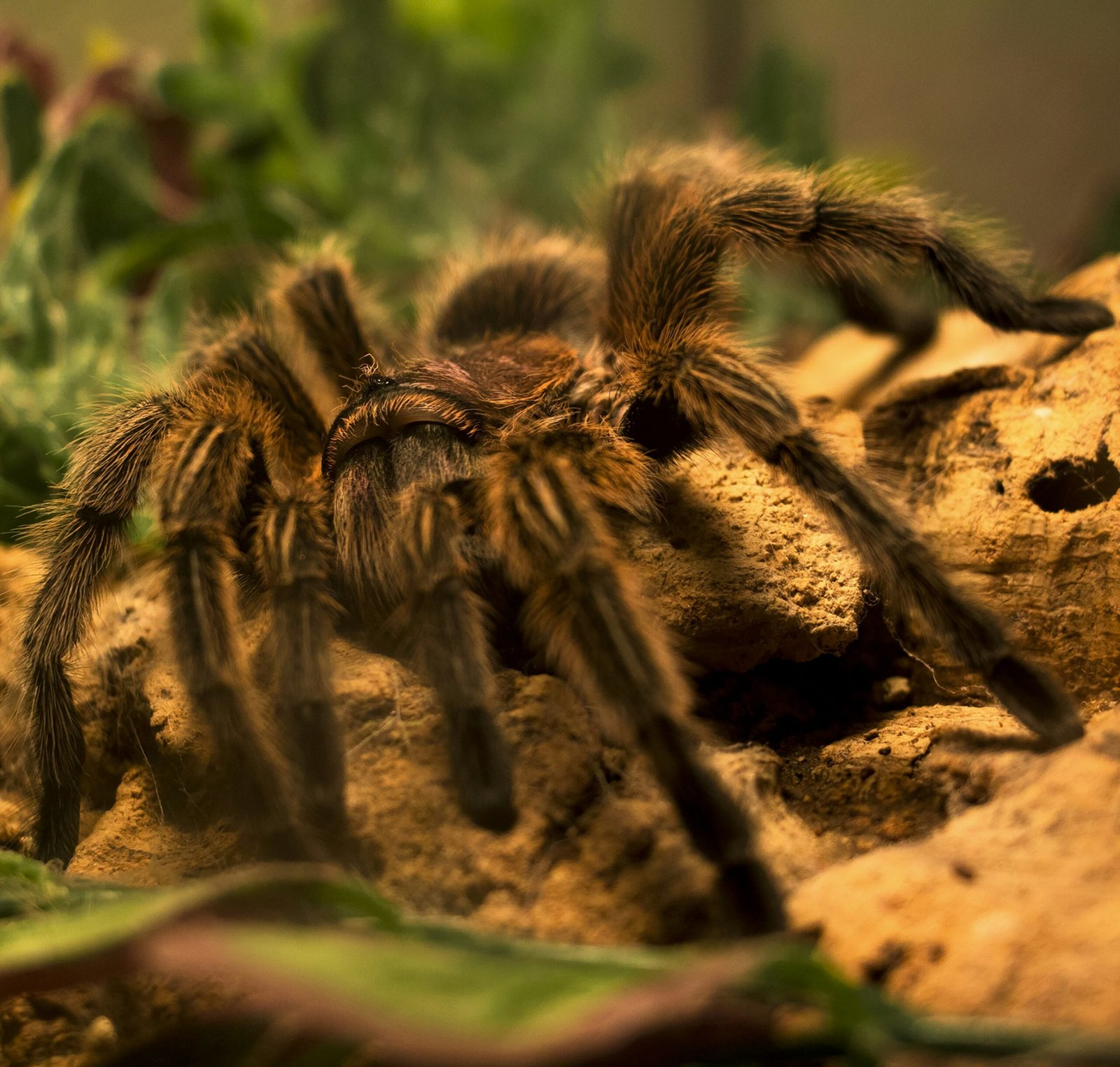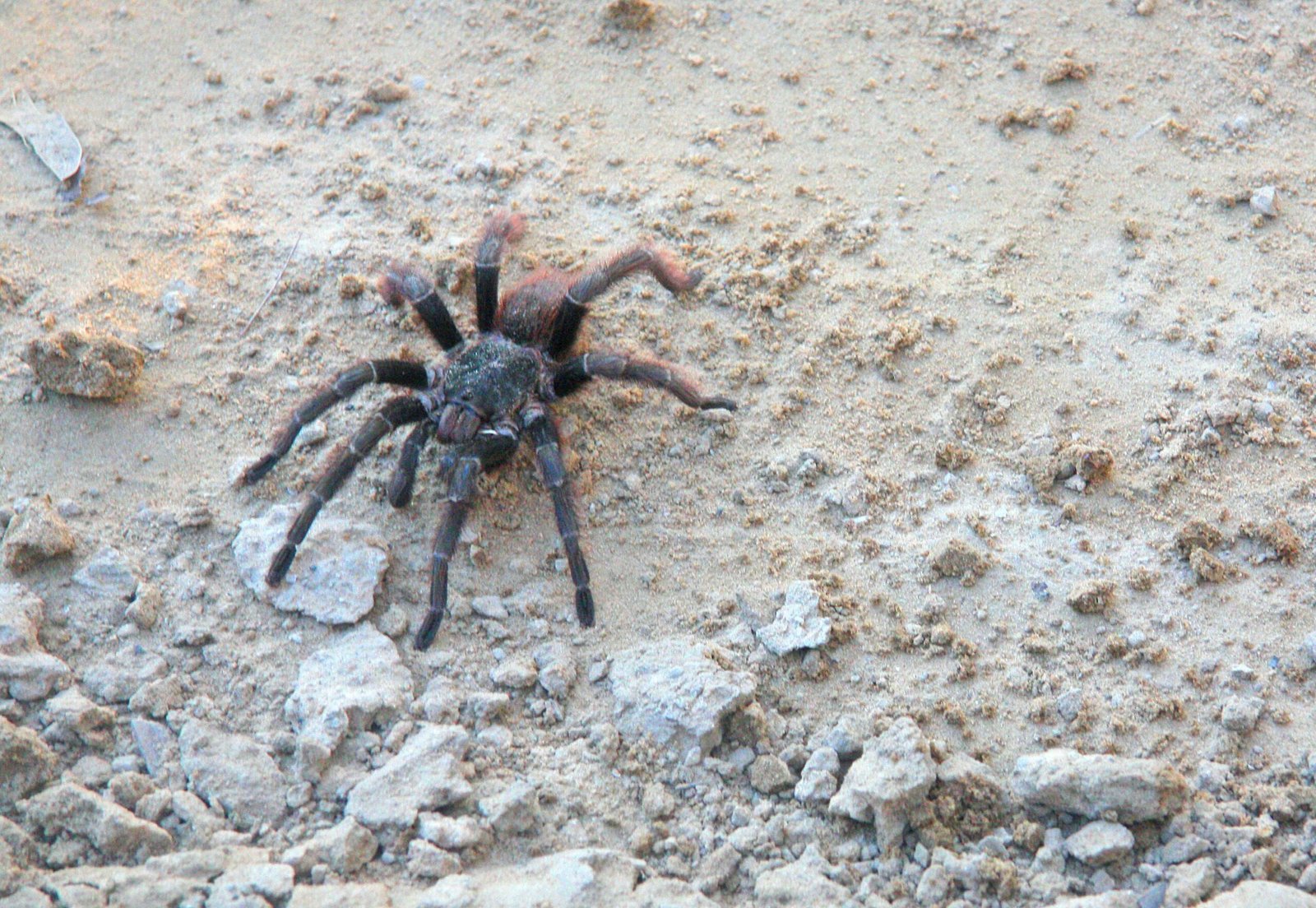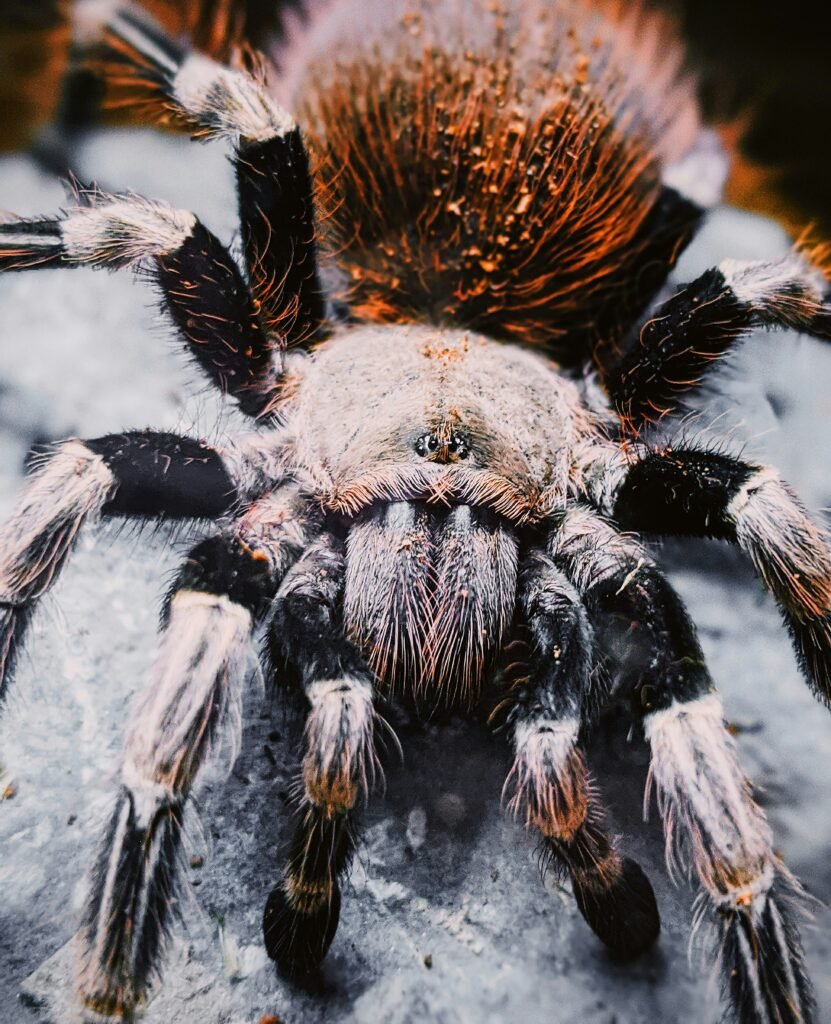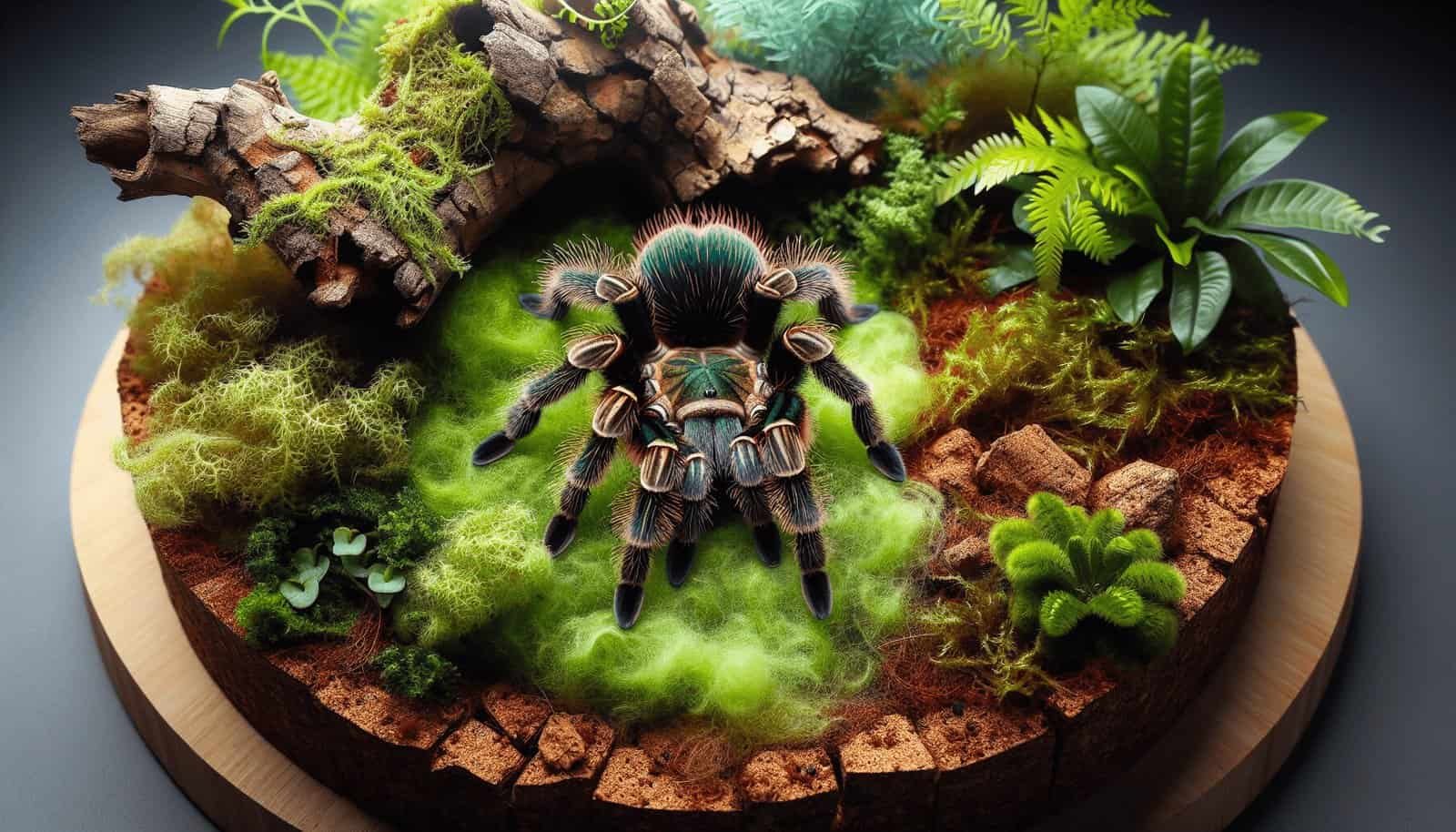In exploring whether you can successfully breed tarantulas in a bioactive enclosure, you’ll find a unique blend of challenges and rewards. This article dives into the essentials you’ll need to consider, from habitat setup and maintenance to the particular needs of these fascinating creatures during the breeding process. We’ll cover how a bioactive setup can mimic their natural environment, offering potential benefits for their health and breeding success. With the right approach, patience, and dedication, breeding tarantulas can be a fulfilling experience that transforms your vivarium into a thriving ecosystem. Have you ever wondered, “Can I breed tarantulas in a bioactive enclosure?” If you’ve found yourself considering this question, you’re not alone! Many tarantula enthusiasts, both novice and experienced, are curious about the feasibility and practicality of breeding these fascinating creatures in bioactive setups.

What is a Bioactive Enclosure?
Before getting into the nitty-gritty details of breeding tarantulas in such an environment, it’s essential to understand what exactly a bioactive enclosure is. In short, a bioactive enclosure is a self-sustaining ecosystem where plants, microorganisms, and small invertebrates work together to break down waste and maintain a clean and balanced habitat.
Key Components of a Bioactive Enclosure
Here are the main components you should understand when thinking about a bioactive enclosure:
| Component | Description |
|---|---|
| Substrate | The soil-like material that serves as the foundation of the enclosure, often a mix of organic soil, coconut fiber, and other suitable materials. |
| Microfauna | Small organisms such as springtails and isopods that help break down organic waste and keep the enclosure clean. |
| Plants | Live plants that contribute to the enclosure’s ecosystem by providing oxygen, organic matter, and aesthetics. |
| Decor | Natural features like rocks, logs, and hides that offer shelter and climbing opportunities for tarantulas. |
| Clean-Up Crew | The combination of microfauna and invertebrates (like isopods) that contribute to breaking down waste and maintaining the ecosystem’s balance. |
The Pros and Cons of Bioactive Enclosures
Every setup has its benefits and drawbacks. Let’s look at the pros and cons of using a bioactive enclosure specifically for tarantulas.
Pros
- Self-Cleaning: The clean-up crew helps to break down waste, reducing the frequency of cleaning.
- Naturalistic Environment: Mimics a tarantula’s natural habitat, which can promote natural behaviors and potentially reduce stress.
- Aesthetic Appeal: These enclosures often look more pleasing and can even become a beautiful display piece in your home.
- Beneficial Microfauna: The presence of beneficial organisms can help to control pests and break down harmful bacteria.
Cons
- Complexity: Setting up and maintaining a bioactive enclosure can be more challenging than a traditional setup.
- Cost: The initial setup can be more expensive due to the need for live plants, appropriate substrate, and a clean-up crew.
- Monitoring: Requires regular monitoring to ensure that all components remain balanced and beneficial.
Can You Breed Tarantulas in a Bioactive Enclosure?
Now that you’re familiar with what a bioactive enclosure entails, let’s get to the heart of the question. Yes, you can breed tarantulas in a bioactive enclosure, but there are several factors and considerations to take into account to ensure success.
Factors to Consider
- Species of Tarantulas: Some species are more adaptable to bioactive setups than others. Research the specific requirements and behaviors of the tarantula species you are considering.
- Enclosure Size: Ensure the enclosure is spacious enough, not only for the pair to coexist initially but also to accommodate the potential offspring.
- Environmental Conditions: Maintain appropriate temperature, humidity, and lighting, all of which are critical for breeding.
- Safety: Make sure the enclosure is secure to prevent escape and protect the tarantulas from potential threats within the habitat, including other inhabitants.
- Observations: Regularly monitor the behavior and health of the tarantulas to ensure they are adapting well to the bioactive environment.
Setting Up a Bioactive Enclosure for Breeding
Setting up a bioactive enclosure specifically for breeding tarantulas involves a few additional steps compared to a regular bioactive setup.
Step-by-Step Guide
1. Choosing the Right Enclosure
Select an enclosure that provides ample space for both tarantulas and any potential offspring. Glass terrariums with secure lids are often a good choice.
2. Preparing the Substrate
Use a well-draining mix of substrates such as coconut fiber, peat moss, and organic soil to create a foundation that can support both tarantulas and plant life.
3. Adding the Clean-Up Crew
Introduce springtails and isopods to your enclosure. These microfauna will help break down waste, making the environment cleaner and more stable.
| Microfauna Type | Benefits |
|---|---|
| Springtails | Consume mold and organic waste |
| Isopods | Break down larger pieces of organic material |
4. Incorporating Plants
Select hardy, low-maintenance plants that can thrive in the conditions required by your tarantulas. Some good options include pothos, ferns, and bromeliads.
5. Providing Hides and Climbing Options
Create hiding spots and climbing structures using rocks, logs, and cork bark. These features will give your tarantulas places to retreat and explore, mimicking their natural environment.
6. Monitoring Conditions
Continuously monitor the enclosure’s temperature, humidity, and cleanliness to make sure all is well-balanced. Make adjustments as needed to keep the conditions optimal for breeding.
Ensuring a Balanced Ecosystem
Maintaining a bioactive enclosure involves regularly checking to ensure that all components of the ecosystem are functioning harmoniously.
Monitoring Tools
| Tool | Purpose |
|---|---|
| Hygrometer | Measure humidity levels |
| Thermometer | Monitor temperature |
| pH Tester | Check the pH level of the substrate |

The Breeding Process in a Bioactive Setup
Breeding tarantulas involves coordinating various stages, from initial pairing to rearing the spiderlings.
Pairing the Tarantulas
Place the male into the female’s enclosure carefully and observe their interactions. It’s critical to know the courtship behaviors typical of the species to identify if the process is going as it should.
Egg Sac and Incubation
Once mating is successful, the female will create an egg sac. In a bioactive setting, ensure that the conditions (temperature, humidity) remain stable for proper incubation.
Hatchlings and Spiderling Care
After the eggs hatch, you’ll need to separate the spiderlings from the adult enclosure to prevent any instances of cannibalism. Use smaller, individual containers or a communal nursery with similar bioactive principles applied on a smaller scale.
Common Challenges and Solutions
Even with the best preparation, challenges can arise. Here are some common issues and solutions:
Mold Growth
Problem: Excessive moisture can lead to mold growth, which can be harmful to tarantulas. Solution: Introduce springtails to consume mold and control humidity levels effectively.
Escapees
Problem: Young spiderlings can escape if the enclosure is not secure. Solution: Ensure that all vents and openings are tightly sealed and that the enclosure is escape-proof.
Balancing Ecosystem
Problem: The bioactive setup can become imbalanced, resulting in poor health for the tarantulas. Solution: Regularly monitor and adjust the conditions, such as cleaning up excess waste or replacing plants that die off.

Expert Tips for Successful Breeding in Bioactive Enclosures
Here are some additional tips to help you succeed in breeding tarantulas in a bioactive enclosure:
Consistent Monitoring
Regularly check the enclosure’s conditions. Use digital monitors for consistent and accurate readings of temperature and humidity.
Species-Specific Research
Not all tarantulas have the same requirements. Some may need more humidity, while others prefer it drier. Tailor your bioactive setup to the specific needs of the species you plan to breed.
Patience is Key
Breeding tarantulas can take time, and success may not come immediately. Be patient and take note of what works and what doesn’t.
Ask for Help
Don’t hesitate to seek advice and tips from other experienced tarantula breeders. Communities and forums can provide invaluable insights and support.
Conclusion
So, can you breed tarantulas in a bioactive enclosure? Absolutely! While it comes with its challenges, the rewards of creating and maintaining a self-sustaining, naturalistic habitat for your tarantulas can be incredibly fulfilling. Plus, it offers a beautiful and fascinating way to observe the lifecycle of these amazing creatures. With the right preparation, ongoing care, and a bit of patience, you’ll be well on your way to successful tarantula breeding in a bioactive setup.
If you’re eager to try, take the time to research and plan thoroughly. Remember, consistency, observation, and a willingness to adapt are critical to your success. Happy breeding!
